OpenVM project has designed a set of digital credentials using the Open Badge standard to recognise all eight OpenVM skills which you can develop in the Open Virtual Mobility Learning Hub by participating in the OpenVM MOOCs. Below you can see the pictures of altogether 24 digital credentials which can be earned in the OpenVM Learning Hub. These pictures are just an element in the design of OpenVM credentials, which also encompass other information including the skill description, the issuing criteria and the evidence of learning. In the OpenVM project we are using Bestr badging platform connected to the Open Virtual Mobility Learning Hub to issue OpenVM Credentials. You can see all OpenVM Credentials including their descriptions on this OpenVM dedicated Bestr website.
To learn about the conceptual and visual design of OpenVM credentials go to Output 5.
| Foundation Level | Intermediate Level | Advanced Level |
|---|---|---|
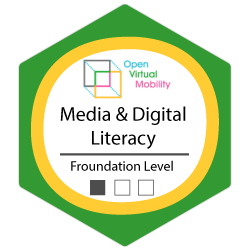 |
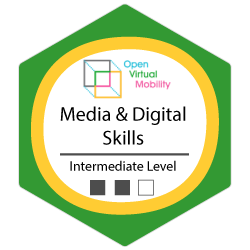 |
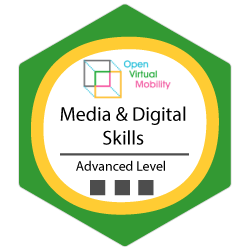 |
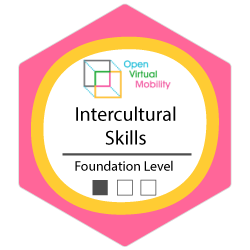 |
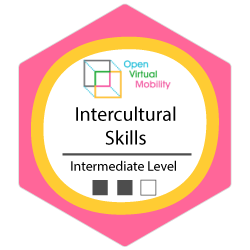 |
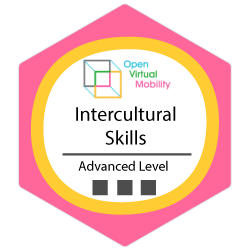 |
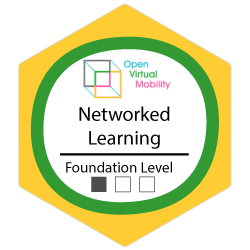 |
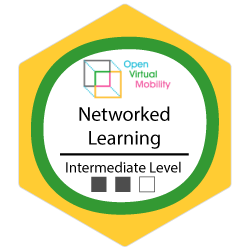 |
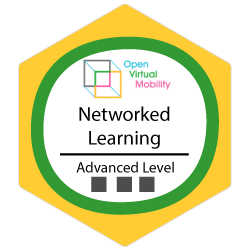 |
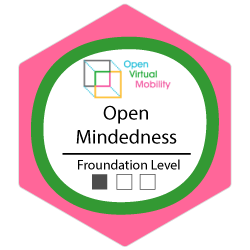 |
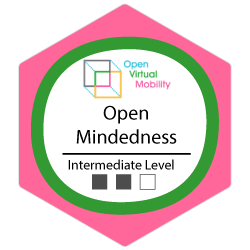 |
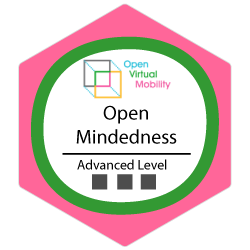 |
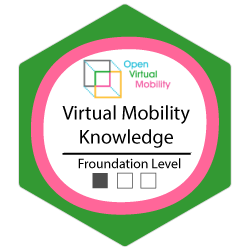 |
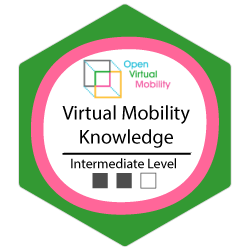 |
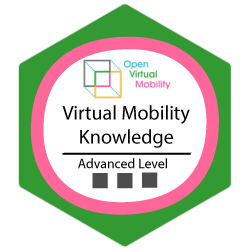 |
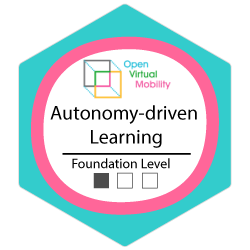 |
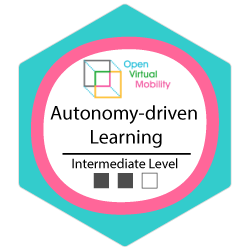 |
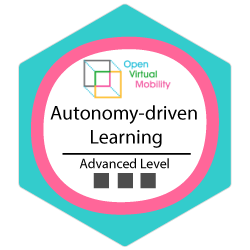 |
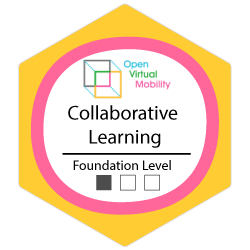 |
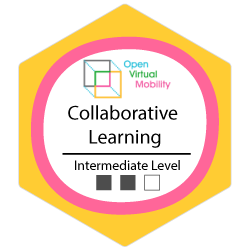 |
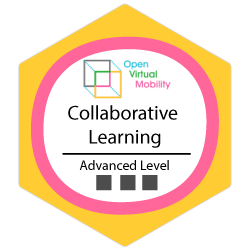 |
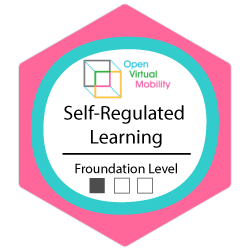 |
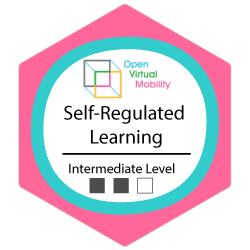 |
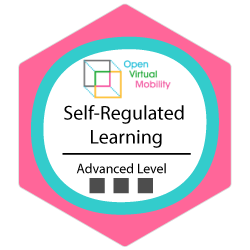 |
Background:
In a networked, global world, we need digital representations of skills based on transparent assessment criteria and verifiable evidence (Buchem, 2016). Open Badges are based on metadata, criteria and evidence. To award a badge to recognise VM Skills, criteria specifying what these skills are have to be defined first. To earn a badge, evidence has to be provided to demonstrate if and how the criteria is met. Once the badge is issued, the criteria and evidence (and other data) are embedded into the badge image as metadata. This can be supported by such didactic tools as rubrics which help define indicators for different VM Skill levels.
Output 5 focuses on designing, implementation and testing of open digital credentials for the recognition of VM skills of HE teachers and students as well as gamification elements for the enhancement of participation in MOOCs and creation of VM OER in Output 5 and for enhancement of motivation to engage in Virtual Mobility in higher education altogether.
The design and implementation of Open Credentials will be based on such open standards as Mozilla Open Badges and Blockcerts and adjusted for the best fit to enhance the recognition and representation of virtual mobility skills in different competency areas and at skill levels. Output 5 will be fine-tuned to the results of O1 (Framework and Guidelines) and O7 (Quality Assurance), especially in view of recommendations of European policy makers related to the criteria for recognizing virtual mobility skills with Open Credentials and quality assurance criteria for issuing Open Credentials within the framework of internationalization of higher education and in-line with the Bologna process.
Open Badges and gamification are related concepts both aiming at motivating learners to engage in desired activities (Buchem et al., 2015), and will be aligned with each other in Output 5. Gamification means using game elements in non-game contexts and will be applied as part of the Integrated Virtual Mobility Service in O2 to trigger specific user activities like taking E-Assessment (developed in O4) or designing OER and participating in MOOCs (developed in O6). Gamification will be aligned with the overall design of the service in O2 to create a meaningful and enjoyable user/learner experience with the aim of promoting VM in HE.
The key strategy will be the so-called “meaningful gamification” which cares about provide effective and meaningful incentives by helping participants find meaning in each underlying activity (Nicholson, 2012), instead of providing meaningless awards which may distract or discourage learners/users. The issued and certified badges will be (technically) aligned to the skill definitions from the semantic Competency Directory in O3 to enhance Open Credentials with Competency Descriptions from existing competency frameworks and in this way increase acceptance of Open Credentials in higher education (including organizations, teachers and students).



Comments are closed, but trackbacks and pingbacks are open.